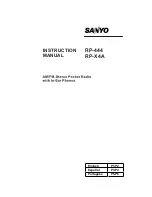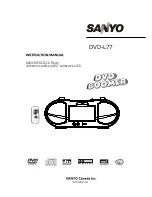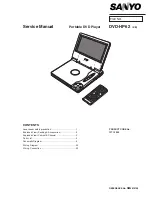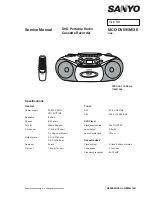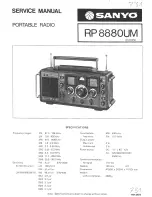
Chapter Two
2 - 2
Using a Froment Load Bank Safely
Your safety, and the safety of those around you, is dependent on your knowledge of this
equipment’s safe operating procedures. Load banks can be dangerous and must not be
used by unskilled personnel, or by those who have not familiarised themselves with these
instructions.
You should remain alert to potential danger during transport and installation, when the
unit is in operation, and when maintenance operations are performed.
There are four main sources of danger:
Handling hazards.
Load banks are large, heavy devices and they often have to be
manoeuvred in to tight, difficult spaces before they can be installed.
Contact with high voltage electricity.
Serious injury or death could result from contact
with electrically live parts. Even though the connections to the load bank may be temporary,
they must always be made to the same standards as if they were permanent.
Contact with fast moving parts.
The fan, in particular, can cause serious injury if you
come into contact with it when it is in operation.
Heat hazards.
When a test is in progress the resistive elements can glow cherry red. The
heat they produce is removed by the air that the fan forces past them, but that air in turn
can become very hot.
To avoid these hazards, pay particular attention to the following points:
•
Make use of the correct handling equipment and ensure that all personnel involved in
transportation and installation have the appropriate training and experience needed
to carry out the operation safely.
•
Only operate the load bank with the doors, covers and protective screens securely in
position.
•
Always route cables into the terminal compartment through the gland plate or strain
relief system provided. Do not route cables through the terminal compartment door.
The door must not be open during the test.
•
Make sure that both the Supply-on-Test and the load bank are adequately grounded.
•
Ensure all cables are in good condition and adequately rated for the planned load, and
that all connections are securely made.
•
Ensure all cables are long enough to lay in smooth curves, and are unstressed,
undamaged, and protected from mechanical damage.











































